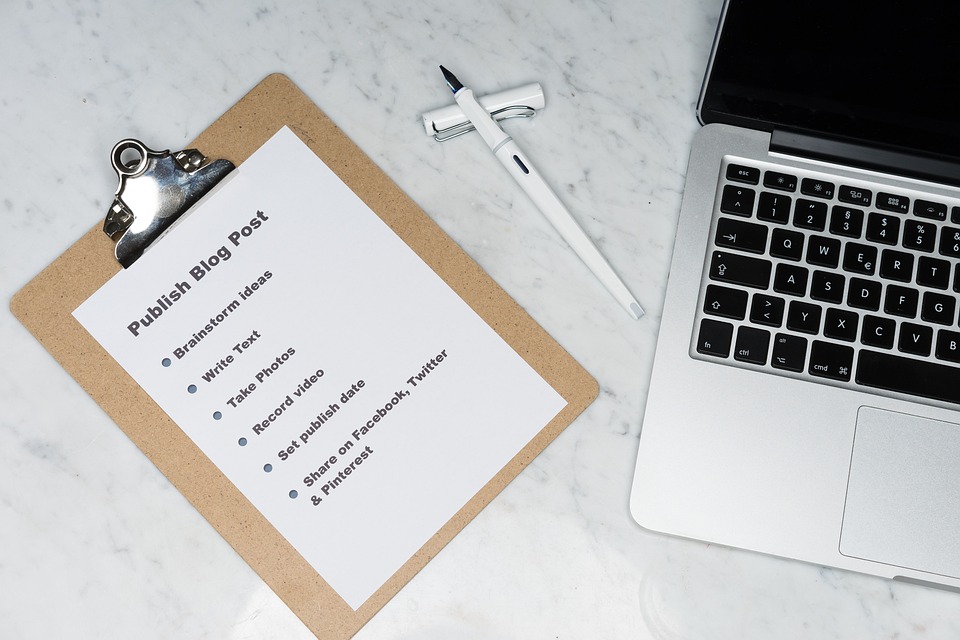[ad_1]
Ethics are at the forefront of all relationships when managing and leading staff. Through day-to-day interactions ethical decision-making guides behaviour.
Also, how you obtain, serve and retain clients involves ethics. Their willingness to work with you is guided by your ethical decision-making re: customer experience. Equally important, to determine if you keep a client is guided by the client’s ethical behaviour.
And your willingness to stay with ethics, when the person is not present, is a true litmus test of your ethical decision-making.
In today’s workplace, ethical decision-making is at the core of leading and managing. Upon reflection, over the past few months where have you been challenged in your ethical decision-making?
In today’s workplace where judgment is passed in the court of social media, it’s smart you upgrade your moral compass to an ethical gyrocompass.
Ethics Explained
Ethics are about what ‘we’ collectively value in our relationships with one another. The ethics ‘we’ identify take into consideration the best of what it means to be human together. Therefore, you can say, “I am a moral person and I act ethically with others.”
Ethics are a guide ‘we’ agree upon for how I will behave with you and how you will behave with me. Morals are what we believe personally, guide our action toward ethics and exist up to our skin. What we value with others through our action, from our skin out, are ethics.
Ethics guide consideration of personal/collective motivation on ideas of right and wrong re: actions that are legal, moral and helpful or actions that are illegal, immoral and/or harmful.
They guide the interpretation of a situation from the perspectives of ethical dilemmas like those identified next.
Ethical Dilemmas
An ethical dilemma is a situation in which making a decision involves the choice between two or more ethical courses of action. Examples of each dilemma is shared.
1. Between right and wrong. E.g., Client has not paid their invoice for six months or Staff member has been arriving late and leaving early
2. Between two rights. E.g., Deciding between two new clients – who to add first or Hire one new staff – decide between two qualified candidates
3. Between two unacceptable alternatives. E.g., Contracts required to meet financial requirements are available from two new sources: a cigarette company and a weapons distribution factory or Low cash flow means two of four staff of similar qualifications and performance levels must be terminated
4. Conflict of Interest. E.g., New client has been saying disparaging things about a vendor you support or One of your current staff has bought shares in a competitor, in a different country where you work
5. Hospitality re: welcoming those who are about to arrive and how to assist their engagement. E.g., Onboarding new clients from different national cultures or Through a M&A, you are reassigning existing staff while hiring new staff
Ethical Decision Making
Within your workplace, “Which one of the five ethical dilemmas has emerged for you?” And further,
1. What is the situation about in the words of those involved?
2. Which of these six ethical values is affected by the dilemma – accountability, caring, community, fairness, respect and trustworthiness?
3. What options are available to deal with the dilemma in light of the core ethical value identified in #2?
4. What priority option seems viable?
5. What outcome is likely upon taking action?
In framing your answers to these questions – and before you act upon your decision – can you describe and explain the dilemma, the affected ethical value and your decision pathway to the desired outcome to a twelve-year-old? More importantly, would the twelve-year-old understand and agree to your proposed action?
If yes – you would seem to be on track.
If no, go back and ask the questions again.
Ethical Decision Making and Your Well-Living Workplace
Consider the following insights about improving, focusing and strengthening ethical decision-making in your organization of work.
As you establish and sustain a place of work where people work well together (that is, create the well-living workplace) your allocation of time, effort and money towards supporting ‘good to great’ work, means excellence and ethics meet.
A well-living workplace allows full expression of what is best in people as they articulate clear goals, receive immediate feedback and accept stretch challenges. In their contribution, they are looking for authentic alignment.
Compromise ethical decision-making, authenticity and alignment disperse.
In addition, the well-living workplace involves working according to a credo, a code of ethics, statements of business principles that link the organization with its clients and customers. The credo serves as a constant reminder to those involved, to be ethically accountable and responsible through everyday business and social decisions.
Compromise ethical decision-making, brand loyalty falters, customers move on.
[ad_2]
Source by Stephen Hobbs


